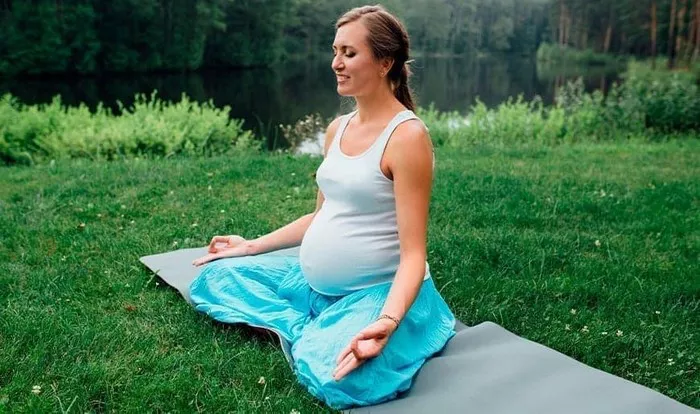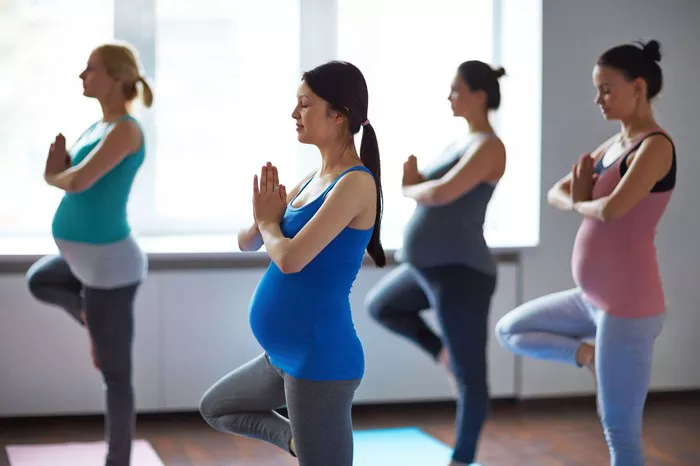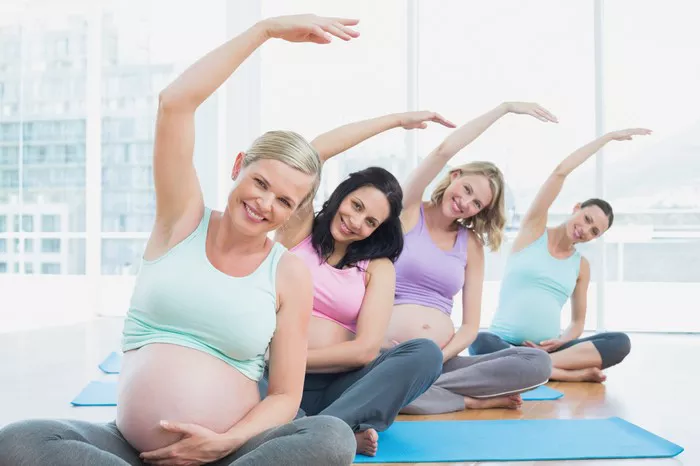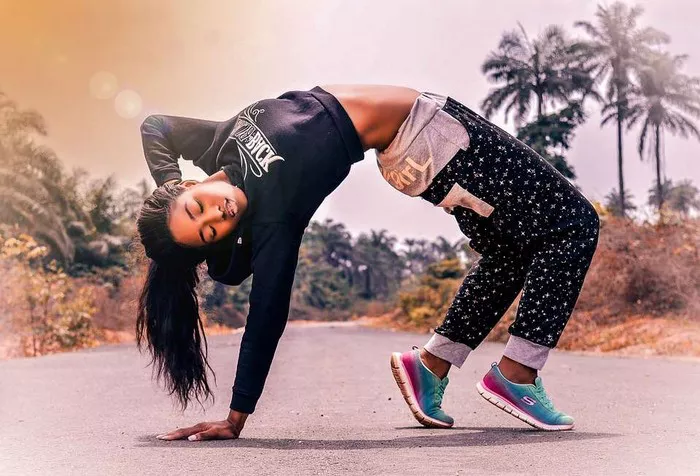Bikram yoga, a popular form of hot yoga, has earned a significant following around the world for its distinct approach and physical benefits. Whether you’re new to yoga or an experienced practitioner, understanding the core components of Bikram yoga is essential to both mastering the practice and appreciating its profound effects on the body and mind.
Bikram yoga was developed by Bikram Choudhury in the 1970s. It combines a set series of 26 postures (asanas) and two breathing exercises (pranayama), practiced in a room heated to around 105°F (40°C) with 40% humidity. This intense environment and structure are designed to enhance flexibility, strength, and detoxification, while also improving mental clarity and focus.
To fully understand the essence of Bikram yoga, it’s important to explore the “5 Pillars of Bikram Yoga.” These five pillars form the foundation of the practice and guide students toward greater well-being. They are:
- Breathing (Pranayama)
- Postures (Asanas)
- Heat
- Concentration and Focus
- Listening to Your Body
Let’s break down each of these pillars in detail to understand their roles and why they are integral to Bikram yoga.
1. Breathing (Pranayama)
Breathing is the first and most crucial pillar of Bikram yoga. In the Bikram method, specific breathing exercises are integrated into each session. The most fundamental technique is called Ujjayi Pranayama, often referred to as “victorious breath.”
In Bikram yoga, the practice of controlled breathing is essential for managing the physical demands of the hot yoga room. The heat and intensity of the practice can easily overwhelm the body, but by controlling the breath, practitioners can maintain a steady rhythm, relax, and remain grounded throughout each posture. Here’s how it works:
How to Practice Ujjayi Pranayama:
Inhale deeply through the nose while slightly constricting the back of your throat. This will create a soft, ocean-like sound as the breath enters.
Exhale deeply through the nose with the same constriction of the throat, maintaining that steady sound.
Focus on the breath as it moves in and out, keeping it smooth and even throughout the practice.
Ujjayi breathing serves several purposes in Bikram yoga:
Improves circulation and detoxification: As the body sweats, the controlled breath helps regulate internal temperature and promotes the removal of toxins.
Increases oxygen intake: The slow and deliberate nature of Ujjayi breathing allows for a more efficient delivery of oxygen to the body, which is crucial for endurance.
Enhances focus and concentration: The rhythmic quality of the breath helps clear the mind, facilitating mental clarity and presence.
Calms the nervous system: In a hot, challenging environment, controlled breathing helps lower stress levels and maintains composure.
By focusing on deep, consistent breathing, practitioners can connect more deeply with their bodies and improve overall performance in each posture.
2. Postures (Asanas)
The second pillar of Bikram yoga is the postures, or asanas, which are central to the practice. There are 26 postures in a Bikram yoga class, each designed to work every part of the body, from the toes to the fingertips. These asanas are performed in a specific sequence, with each posture carefully chosen to prepare the body for the next. The postures combine strength, flexibility, balance, and endurance in a way that is intended to provide a complete workout.
Overview of the 26 Postures:
Bikram’s sequence consists of 26 postures, divided into two sets:
Set 1: Focuses on improving strength and flexibility in the legs, spine, and arms.
Set 2: Focuses on increasing the flexibility of the spine and the lengthening of muscles throughout the body.
Each posture works synergistically with others to balance the body, stretch the muscles, and promote alignment. Here’s a brief overview of some of the key postures:
Standing Postures: These include poses like Standing Head to Knee, Standing Bow Pulling, and Warrior II, which work on balance, strength, and flexibility in the legs and core.
Backbends: Poses like Camel Pose and Cobra open up the chest and spine, improving flexibility and posture.
Seated Postures: These stretches, including Seated Forward Bend and Spine Twists, focus on releasing tension and increasing spinal flexibility.
Floor Postures: Poses such as Fixed Firm Pose and Bow Pose target deep stretches in the hips, back, and legs, promoting a complete body stretch.
Each of these postures is done with precise alignment and mindful movement to avoid injury and maximize benefit. The series is designed to stretch and strengthen the muscles while also helping to improve the joints’ range of motion, the cardiovascular system, and overall flexibility.
Benefits of the Postures:
Flexibility: Bikram yoga improves the range of motion in the body by deeply stretching the muscles and ligaments. This increases joint mobility and reduces the risk of injury in daily life.
Strength: Each posture engages different muscle groups, enhancing muscle tone, strength, and endurance.
Detoxification: The postures, combined with the heat, encourage sweating, which helps flush toxins from the body and improves skin health.
Mind-body connection: As you perform each posture, there is a focus on the breath and maintaining the proper form. This connection promotes both physical and mental clarity.
The sequence of asanas in Bikram yoga has been intentionally developed to provide a complete, balanced workout for the body, making it one of the most effective yoga practices for improving overall physical health.
3. Heat
The third pillar of Bikram yoga is heat. Classes are held in a room that is heated to 105°F (40°C) with 40% humidity. The heat is a key component of Bikram yoga, providing numerous benefits that are not present in traditional yoga classes practiced in normal room temperature.
Why Heat is Important:
Increases Flexibility: The heat warms up the muscles, making them more pliable and less prone to injury. This allows practitioners to deepen their stretches and increase their range of motion.
Detoxification: The body sweats more in a heated environment, helping to flush out toxins and impurities from the skin and body. The heat helps encourage the lymphatic system to work more efficiently, clearing waste from the body.
Improves Circulation: The heat opens up blood vessels and increases blood flow throughout the body. This leads to better oxygen delivery to muscles and organs, improving overall circulation.
Enhances Mental Focus: The challenge of practicing yoga in a hot room requires concentration and determination, fostering mental clarity and focus.
Boosts Cardiovascular Health: The intense heat increases the heart rate, providing a mild cardiovascular workout as the body works to regulate its temperature.
However, it’s important to stay hydrated when practicing Bikram yoga. The combination of heat and physical exertion causes the body to lose fluids rapidly, so it’s essential to drink plenty of water before, during, and after class.
4. Concentration and Focus
The fourth pillar of Bikram yoga is concentration and focus. Each class is designed to be an opportunity to practice not only physical strength but also mental strength. In Bikram yoga, practitioners are encouraged to focus solely on their practice during the 90-minute session.
Why Focus is Vital in Bikram Yoga:
Mindfulness: By staying focused on your breathing, the postures, and the present moment, you cultivate mindfulness, which is a powerful tool for stress management and emotional balance.
Overcoming Discomfort: The heat and intensity of Bikram yoga can sometimes be uncomfortable. However, through focus and mental discipline, practitioners can push through challenging moments and stay calm in the face of discomfort.
Mental Clarity: Concentration during yoga allows practitioners to clear their minds, leaving behind distractions and stress. The practice can be a form of mental cleansing, providing clarity and peace of mind.
Enhancing Performance: By staying present and focused on alignment and breath, you improve your form and achieve greater depth in each posture. Focus also enhances endurance, as you are less likely to get distracted and fatigued during a session.
Bikram yoga requires full engagement of both the mind and body. Each class becomes a moving meditation, where practitioners can tune out external distractions and focus solely on their breath and their movements.
5. Listening to Your Body
The final pillar of Bikram yoga is listening to your body. While Bikram yoga is challenging and structured, it’s essential to approach the practice with self-awareness and respect for your own body’s limits.
Why Listening to Your Body is Crucial:
Prevention of Injury: By paying attention to how your body feels, you can prevent overexertion and avoid injury. It’s essential to be aware of any discomfort or strain and adjust your posture or intensity accordingly.
Personal Progress: Each person’s body is different, and everyone progresses at their own pace. Listening to your body allows you to honor your unique abilities and limitations, ensuring sustainable growth and improvement.
Avoiding Comparison: Bikram yoga encourages you to focus on your own practice, not on what others are doing in the room. By listening to your body and resisting the urge to compare yourself to others, you can stay grounded and focused on your personal goals.
Energy Management: In a heated room, it’s easy to become fatigued or overwhelmed. By listening to your body, you can manage your energy throughout the class, ensuring you have the stamina to complete the session with integrity.
Listening to your body in Bikram yoga means respecting its signals, adjusting when needed, and being patient with yourself. This mindset fosters a positive relationship with your practice, where you can enjoy both the physical and mental benefits over time.
Conclusion
Bikram yoga’s 5 pillars—breathing, postures, heat, concentration, and listening to your body—form the foundation of this unique practice. Together, they create a holistic experience that challenges both the body and mind, promoting strength, flexibility, detoxification, and mental clarity.
By mastering these pillars, you not only become better at Bikram yoga but also cultivate essential life skills: focus, discipline, mindfulness, and self-awareness. Practitioners are encouraged to approach each session with a mindset of self-improvement, where every class is an opportunity to deepen your practice, enhance your health, and connect with your body in profound ways.
Related Topics:



























